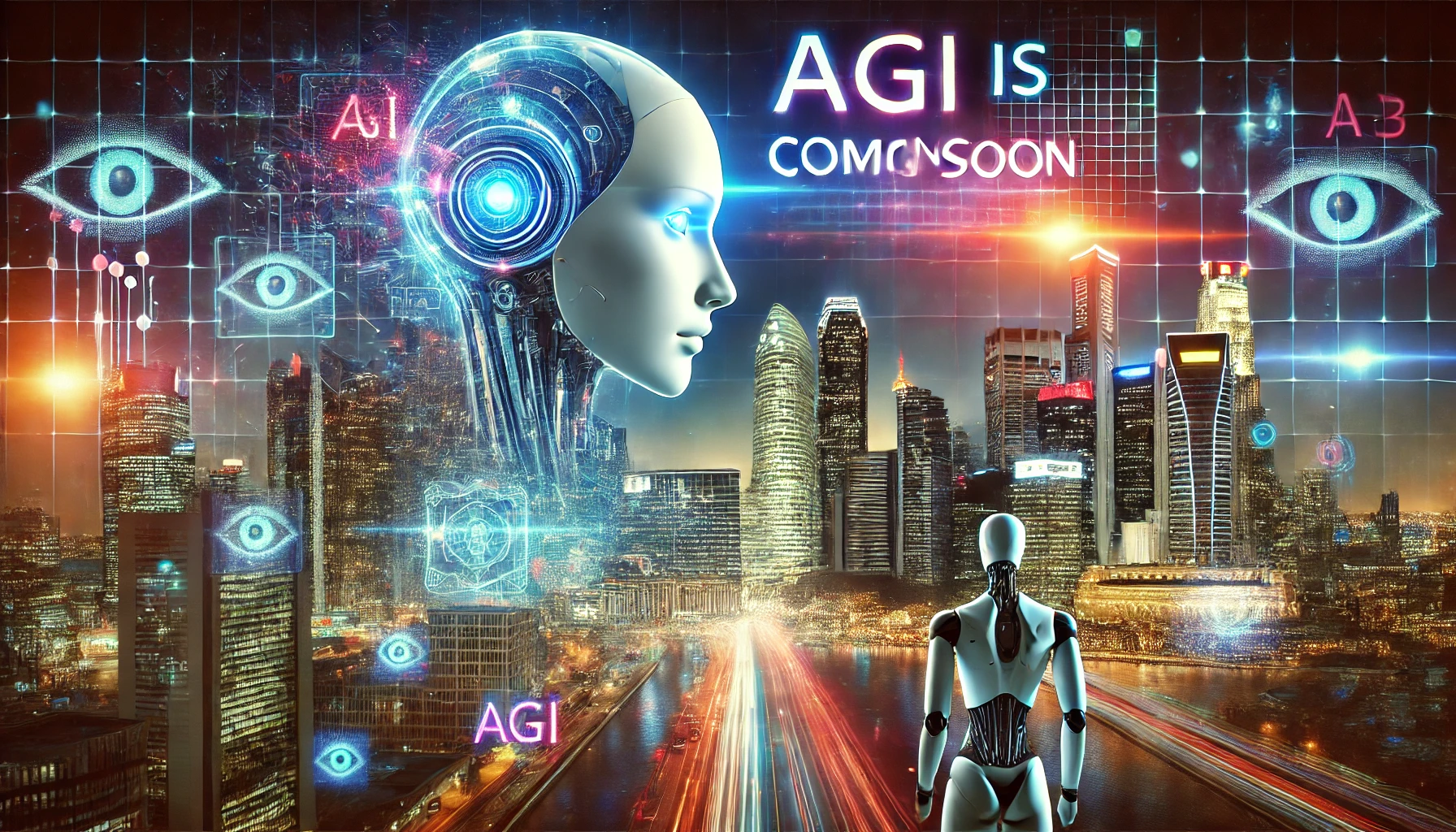Agriculture is the backbone of global food security, yet it faces continuous threats from pests and diseases. Traditionally, pest control strategies have relied on chemical pesticides, which often harm ecosystems and create pesticide-resistant pests. Enter Artificial General Intelligence (AGI) – a transformative technology capable of revolutionizing agricultural pest control by providing sustainable, efficient, and adaptive solutions.
The Role of AGI in Pest Control
AGI offers unparalleled potential for addressing complex agricultural challenges by combining advanced data processing, machine learning, and decision-making capabilities. Here’s how AGI can reshape pest control strategies:
- Real-Time Pest Detection
- AGI-powered drones and IoT devices can monitor vast farmlands in real-time, identifying pests and diseases with high accuracy. Advanced imaging and pattern recognition enable early detection, preventing outbreaks before they cause significant damage.
- Predictive Analytics
- By analyzing historical and environmental data, AGI systems can predict pest migration patterns, identify high-risk areas, and forecast infestation probabilities. This empowers farmers to prepare proactive measures rather than reactive ones.
- Targeted Pest Management
- Instead of blanket pesticide applications, AGI can recommend precise interventions. For example, it can direct robotic sprayers to affected areas, reducing pesticide use and preserving beneficial organisms.
- Integrated Pest Management (IPM)
- AGI can implement and adapt IPM strategies by continuously evaluating the effectiveness of biological controls, cultural practices, and chemical interventions. This dynamic approach minimizes environmental impact while optimizing crop yield.
- Customized Solutions
- Different crops and regions face unique pest challenges. AGI systems can tailor pest control strategies based on localized conditions, ensuring better results and resource efficiency.
- Automated Reporting and Compliance
- Regulatory compliance is a major aspect of pest control. AGI systems can generate detailed reports, helping farmers stay within legal frameworks while adhering to sustainable practices.
Benefits of AGI in Pest Control
- Cost Efficiency: Reduced reliance on pesticides and improved resource allocation cut costs for farmers.
- Environmental Sustainability: Lower pesticide use leads to healthier ecosystems and reduced contamination.
- Scalability: AGI systems can be deployed across farms of all sizes, from small-scale operations to industrial agriculture.
- Adaptability: Continuous learning enables AGI to adapt to evolving pest threats and climate changes.
Challenges and Considerations
While AGI holds promise, there are challenges to address:
- Data Availability: High-quality, localized data is essential for effective AGI implementation.
- Ethical Concerns: Balancing automation with the livelihoods of farmers and workers is crucial.
- Initial Investment: Developing and deploying AGI systems may require significant upfront costs.
- Regulation: Ensuring that AGI-driven solutions comply with international agricultural and environmental laws.
A Greener Future with AGI
The integration of AGI into agricultural pest control signifies a leap toward sustainable farming. By leveraging the power of intelligent automation, we can enhance global food production, safeguard ecosystems, and empower farmers with cutting-edge tools to combat one of agriculture’s oldest challenges.
AGI isn’t just the future of pest control—it’s the present. As adoption grows, so too does our ability to cultivate a healthier planet for generations to come.
What are your thoughts on AGI in agriculture? Share your insights below! 🌾🤖
[SEO optimized]

